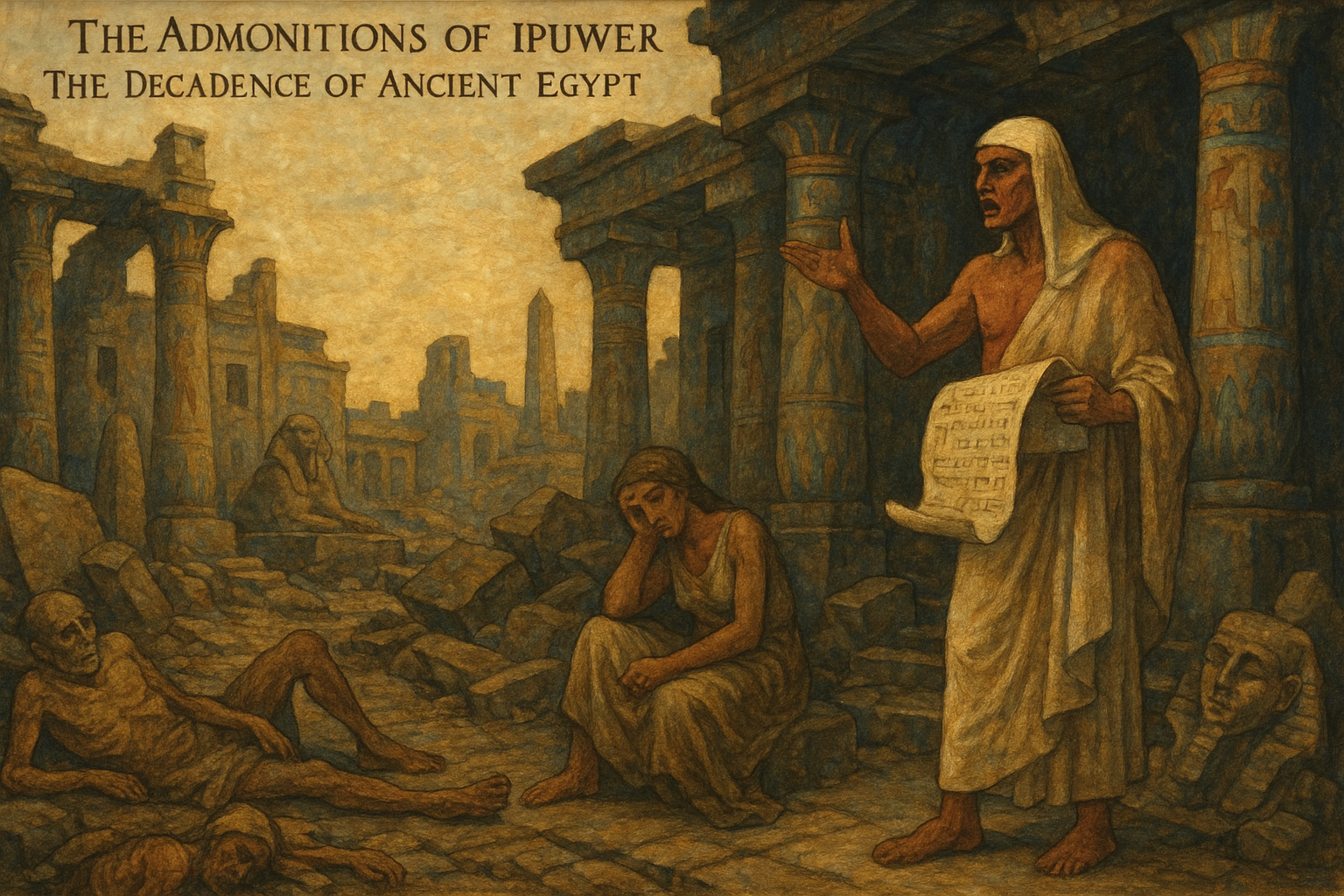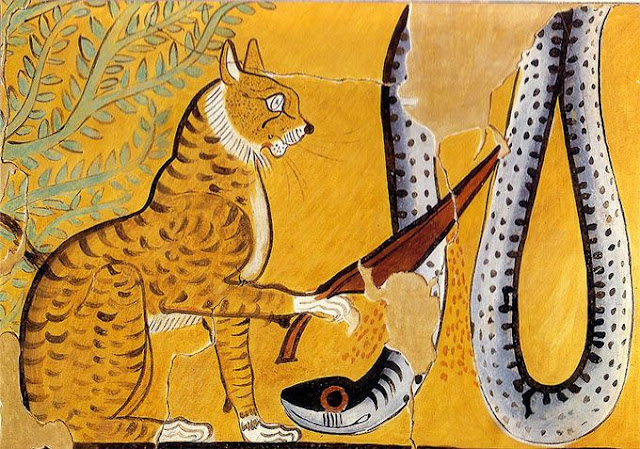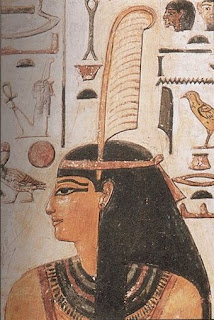SOCIAL COLLAPSE III
The Admonitions of Ipuwer and the rebirth of Egypt
Every authentic tradition must be a living one, preserving a creative and imaginative root capable of producing new growth. While rooted in the past, it must adapt to each moment. Mere novelty—adapting to present times without authentic roots—and rigid persistence in outdated patterns, without the creative capacity of a "fruitful tradition," are unmistakable signs of a dying civilization.
The Intermediate Periods of Ancient Egypt
Egyptian history reveals a constant desire among rulers, and commoners to return to the “Early Times,” when the world was believed to walk hand in hand with the deities.
According to the priest Manetho’s dynastic records, divine beings first ruled Egypt, and only after Menes did human kings appear. The Egyptian Book of the Dead affirms that in those early days, Maat—Justice—reigned supreme.
Three major intermediate periods can be distinguished in Egyptian history:
-
Old Kingdom
-
1st Intermediate Period: 2175–2040 BC
-
-
Middle Kingdom
-
2nd Intermediate Period: 12th Dynasty (around 800 BC)
-
-
New Kingdom
-
3rd Intermediate Period: 30th Dynasty, culminating in the Persian invasion
-
The Admonitions of Ipuwer belong to the First Intermediate Period and are traditionally seen as a nobleman’s lament over the collapse and social upheaval of that time. While some historians suggest later authorship, the work remains a classic that outlines the causes of decline and chaos. It served both as a warning and as an educational text for future generations.
Several excerpts illustrate its relevance, both then and now:
-
"A man sees his son as an enemy. Confusion is everywhere. Others come and conquer."
-
"The virtuous man laments what has happened to the country."
-
"The desert tribes have become Egyptians everywhere."
-
"What the ancestors predicted has come true: the country is full of conspirators, and men go to work with shields."
Today, generational respect has eroded. Children often become estranged from their own education, families, and elders. The opinions of "influencers" or agitators often outweigh those of relatives who genuinely care for their well-being.
Confusion prevails because there is no clear moral, religious, or national guidance—anything is permitted under the guise of freedom.
The "desert tribes"—those not educated in our social values—breach societal boundaries, infiltrate communities, and cause disorder.
Egypt, while historically open to foreigners, demanded that newcomers assimilate to Egyptian customs and rituals. For the Egyptians, chaos (Isfet)—not foreigners per se—represented true evil, as opposed to the harmony and law (Maat) they cherished.
Those who refuse to integrate—whether culturally, socially, or within their families—become agents of disorder, praising rebellion and celebrating the destruction of societal structures they deem oppressive. Today, the growing sense of insecurity is reflected in the widespread use of alarms, personal defense measures, and heightened caution.
-
"The poor have become rich, and those unable to make their own sandals are now wealthy."
The issue is not the enrichment of the poor—a desirable outcome—but the swift accumulation of wealth by those who have not earned it through legitimate means.
-
"The workers are sad, and the magistrates do not fraternize with the people when they cry out."
Workers seek simple, fundamental things: honest labor, security for their families, and fair treatment. When they are reduced to soulless statistics, neglected by those in power, their despair deepens.
-
"Hearts are full of violence. Pestilence invades the country. Blood is spilled everywhere. Death is everywhere, and even the bandages of mummies stink from afar."
Some Questions
-
Which factors identified in past historical collapses are evident today?
-
Are we witnessing a regional or a global collapse?
-
How is the future envisioned in the collective unconscious?
Which factors identified in past historical collapses are evident today?
Are we witnessing a regional or a global collapse?
How is the future envisioned in the collective unconscious?
Some Solutions
In light of the above, it is essential to restore ethical values grounded in solid, time-tested principles. Education must promote a morality of action based on respect for both one’s own values and those of others.
We must fight decisively for the birth of a New World or perish by succumbing to the decay of the old.
To achieve this, we must cultivate an Inner Core: firm, enduring, and anchored in conscience.
We must embrace a heroic vision of life and commit to an Idealism capable of weathering storms and hardships. External revolutions have shed enough blood over past centuries; it is time to recognize that true change begins within. The real Revolution is a Philosophical Revolution—one that starts inside each individual and radiates outward to transform the world.





















